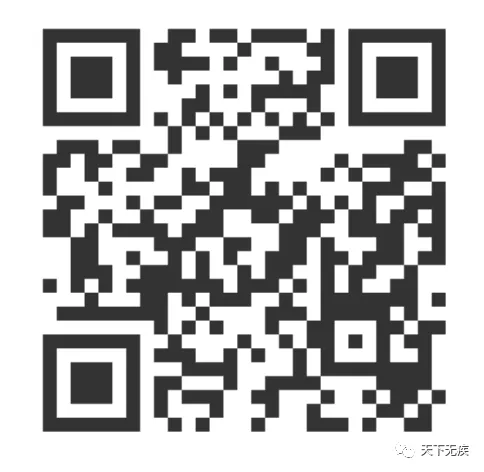The slippery and rapid pulse (hua shuo mai) is a very common pulse pattern in clinical practice. Although it has been reiterated countless times, it is still necessary to elaborate on it again. As one of the five to seven common pulses, the slippery and rapid pulse described by Wu Ji does not represent a composite pulse of “slippery pulse” (hua mai) and “rapid pulse” (shuo mai), but rather signifies a singular pulse pattern indicative of heat. The choice of this name is a compromise with the traditional pulse pattern system.
To more clearly and accurately reflect the diagnostic value of pulse patterns, each type of insufficient zheng qi (正气, upright qi) and excess xie qi (邪气, pathogenic qi) requires a specific pulse pattern to correspond with it. In the traditional pulse pattern system, the rapid pulse represents heat pathogens. However, according to current consensus in TCM diagnostics, the rapid pulse only expresses the speed of the pulse, which is a single dimension; using it to reflect heat pathogens is clearly inadequate. Among various pulse patterns, only the slippery pulse is closely related to yang heat and aligns well with clinical observations. However, the slippery pulse is associated with a wide range of diseases, making it difficult to directly correlate with heat. Therefore, the combination of slippery and rapid pulse is used to immediately indicate a heat pattern. This is also acceptable for external communication.
The slippery and rapid pulse, while having a slippery quality, implies a smooth and flowing nature. However, for the slippery and rapid pulse, this flowing aspect is not the focus.The emphasis of the slippery and rapid pulse is its strength, which is exceptionally strong.
Compared to other pulse patterns, the most unique aspect of the slippery and rapid pulse is that it is a pulse pattern that can represent both excess and deficiency.
As a representation of heat pathogens, the slippery and rapid pulse is the easiest to understand. The heat pathogen stirs the blood, causing it to flow rapidly, thus resulting in an exceptionally strong pulse. At the same time, the turbulent qi and blood (气血) often cause the pulse to exhibit a wide characteristic. For example, if we compare qi and blood to currency, the qi and blood flowing in the pulse vessels is like circulating currency; while the qi and blood stored in the meridians (such as the eight extraordinary vessels) and organs (such as the liver) is like the savings held by households. Now, with the heat pathogen stirring, it is akin to stimulating the economy: look at how prosperous it is, what is there to worry about? Everyone should spend the money they have; making money tomorrow will be just as easy. This overheated economic situation will significantly increase the amount of circulating currency; in terms of qi and blood, this is the slippery and rapid pulse.
In addition to the stimulation from heat pathogens, the slippery and rapid pulse can also appear in physiological states, such as during pregnancy. Under normal circumstances, a pregnant woman, as an adult, naturally has a certain amount of yang qi to maintain her bodily functions. However, during pregnancy, the woman’s body also supports a new life, which requires an independent source of yang qi for its development. To some extent, the momentum of this yang qi within the fetus may even surpass that of the mother.
In summary, the slippery and rapid pulse described by Wu Ji is not a combination of the slippery pulse and the rapid pulse; its core characteristic is an exceptionally strong pulse, indicating the presence of heat within the body. This heat is generally due to heat pathogens, but it can also be due to vigorous yang qi.
This article is selected from the “Growth Community for TCM Enthusiasts” organized by Wu Ji Academy. Long press to scan the QR code below for more details. Wu Ji Academy, 2024 Learning Theme: Advanced Acupuncture.Selected Content from the Community1 Acupuncture, carving beauty through time 2 TCM teaches you how to rest efficiently 3 Daily maintenance of the spleen and stomach 4 Is room temperature water considered cold? 5 Allergies, how does TCM view them? 6 When hormones become medicine 7 From qi and blood to kidney essence 8 What’s wrong with a strong stomach and weak spleen? 9 Cherish kidney essence, do these three things
Long press to scan the QR code below
Join the Growth Community for TCM Enthusiasts

